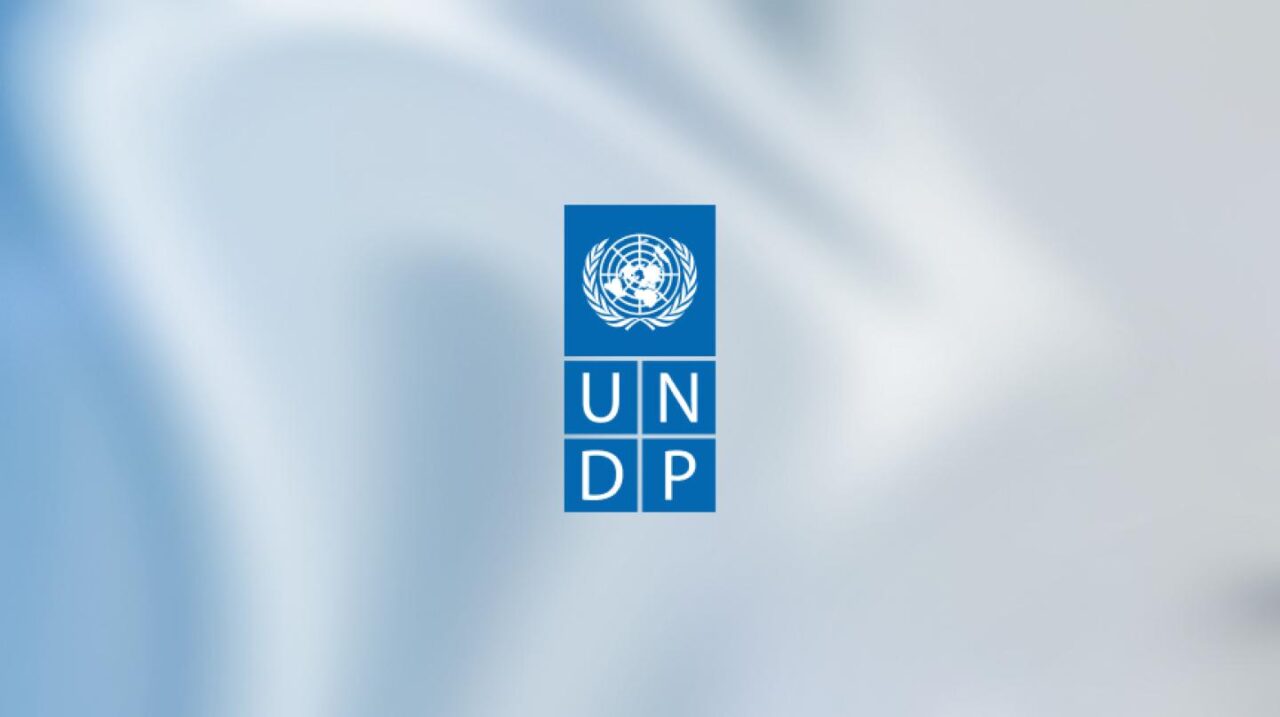
NEW DELHI: The United Nations Development Programme (UNDP) has released the Human Development Report 2023-24, titled, “Breaking the Gridlock: Reimagining Cooperation in a Polarised World.” The report noted that after a period of stagnation, India’s Human Development Index (HDI) value has improved, placing it at 134th out of 193 nations in 2022.
This positive trend reflects progress across all key HDI indicators: life expectancy, education, and Gross National Income (GNI) per capita. Life expectancy of the country rose from 67.2 to 67.7 years, expected years of schooling reached 12.6, mean years of schooling increased to 6.57 and GNI per capita saw an increase from $6,542 to $6,951.
Caitlin Wiesen, Resident Representative, UNDP India, mentioned that “India has shown remarkable progress in human development over the years. Since 1990, life expectancy at birth has risen by 9.1 years; expected years of schooling have increased by 4.6 years and mean years of schooling have grown by 3.8 years. India’s GNI per capita has grown by around 287 per cent. This highlights the country’s commitment over time to not only accelerating economic growth but also improving the quality of life for all its citizens. But there is room for improvement. With a renewed focus on women-led development, and digital public goods for people and the planet, I am confident India can further unlock socio-economic progress, paving the way for a brighter and more equitable future for all.”
With an HDI value of 0.644, the report places India in the medium human development category. The country has also shown progress in reducing gender inequality and ranks 108 out of 166 countries in the Gender Inequality Index (GII) 2022. The GII index measures gender inequalities in three key dimensions- reproductive health, empowerment, and labour market.
The country’s GII value of 0.437 is better than the global average of 0.462 and the South Asian average of 0.478. India’s performance in reproductive health is better than other countries in the medium human development group or South Asia. India’s adolescent birth rate in 2022 was 16.3 (births per 1,000 women ages 15-19), an improvement from 17.1 in 2021.
However, India also has one of the largest gender gaps in the labour force participation rate—a 47.8 percentage points difference between women (28.3 per cent) and men (76.1 per cent).

